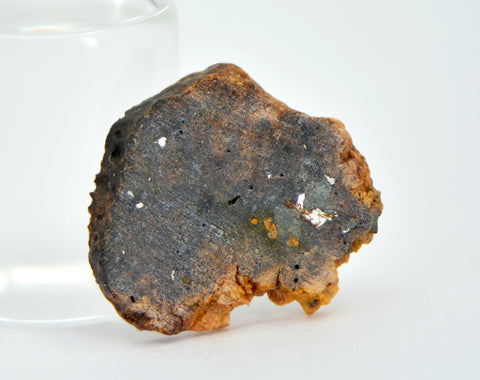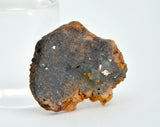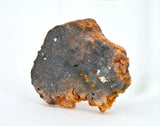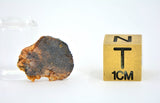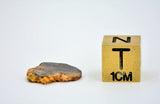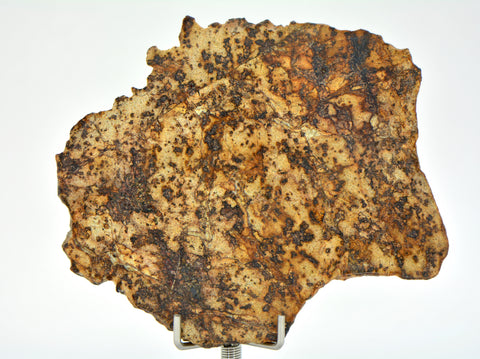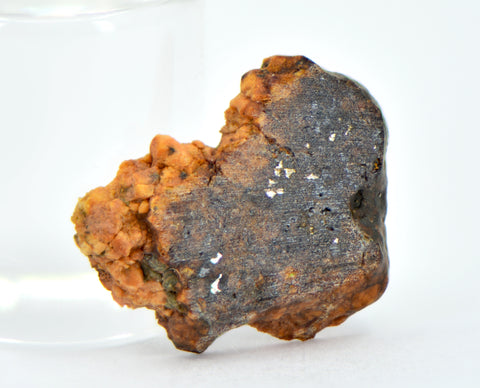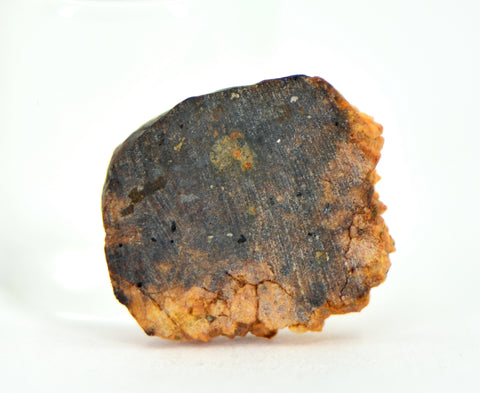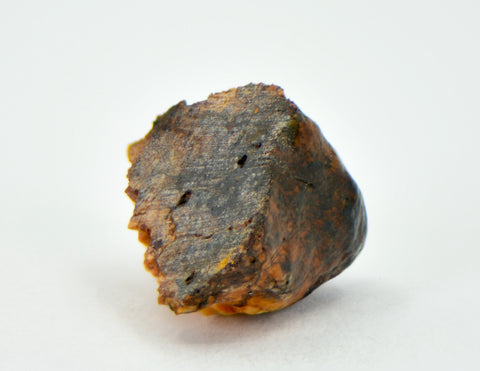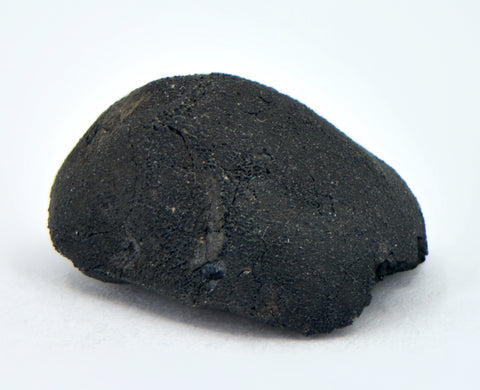0.667g ERG ATOUILA 001 Ungrouped Achondrite Meteorite

On Offer: 0.667 gram slice of Erg Atouila 001 Achondrite-ung
Official Name: Erg Atouila 001
Abbreviation: EA 001
Classification: Achondrite Ungrouped - this is a truly unique ungrouped potassium rich meteorite from an unknown differentiated parent body. Composed almost entirely of albitic plagioclase, it's oxygen isotope profile " plot near the acapulcoite-lodranite field" according to the classification, however there is no petrologic affinity to this group as its modal composition is nothing like these primitive achondrites, but rather closer to a particular type of ureilite known as a "trachyte".
Thus the ungrouped classification, as it doesn't fall into any existing taxonomical meteorite group. This is among the most interesting and unique of the newly emerging ungrouped achondrites. These types of achondrites are helping us understand the dynamics of early accretion and solar system formation and at times forcing us to adjust well establish chronologies and models.
These particular specimens show significant shock darkening, and the occasional small olive green phenocryst as well as bright kamacite (metal) blebs. The large grain size described in the classification can easily be seen in these specimens. We only have a few grams of this material. These piece that these slices and end cuts were made from was sent to us directly from Mr. Aide, the main mass holder.
Year found: 2020
Country: Mali
Description: Slice of an amazing ungrouped achondritic meteorite with official name Erg Atouila 001.
What you get: 0.667 gram Erg Atouila 001 specimen as shown, shipping/storage membrane box, and signed Certificate of Authenticity.
We offer a 100% no questions asked 30 day return policy.
We Also Recommend

